Ductless AC Installation: Is It Right for Your Florida Home?
Ductless AC Installation Basics
Ductless AC installation is a great option that more and more Florida homeowners are considering these days. It can be a cost-effective and efficient way to heat and cool your home, as it eliminates the need for a traditional HVAC system.
Ductless AC installation is a fairly straightforward process, but there are some important considerations. Let's explore the basics of this installation.
Benefits of a ductless AC system
A ductless AC system is a highly efficient and cost-effective cooling solution that offers several benefits over traditional central air conditioning systems.
Some of the key benefits of a ductless AC system include:
Easy installation: Ductless AC systems are quick and easy to install, requiring only a small hole in the wall to connect the outdoor and indoor units.
Zoned cooling: Ductless AC systems allow you to cool specific zones or rooms in your home, reducing energy waste and increasing cost savings.
Energy efficiency: Ductless AC systems use less energy than traditional air conditioners, resulting in lower energy bills and a reduced carbon footprint.
Improved indoor air quality: Ductless AC systems have multi-stage filtration systems that clean the air of dust, pollen, allergens, and other contaminants, creating a healthier indoor environment.
Pro Tip: Ensure your ductless AC system is installed by a professional to get the best performance and longevity.
Components of a ductless AC system
Ductless AC systems have two main components: the outdoor unit and the indoor unit.
The outdoor unit houses the compressor, condensing coils, and fan. It is typically mounted on a wall outside of the home, on the roof, or on a concrete slab. The outdoor unit is connected to the indoor unit by a conduit which houses the power cable, refrigerant tubing, suction tubing, and drain line.
The indoor unit consists of the air handler and the evaporator coil, which is responsible for cooling the air. It is mounted inside the home and connected to the outdoor unit by the conduit. The indoor unit is available in a variety of sizes and styles, including wall-mounted, floor-mounted, ceiling-mounted, and concealed duct types.
Ductless AC systems are an ideal choice for homeowners who are looking to improve energy efficiency, save money on their utility bills, and enjoy a more comfortable indoor environment.
Cost considerations for ductless AC installation
Ductless AC installation is an excellent choice for Florida homes, but there are some cost considerations to keep in mind before making the investment.
Here are some of the factors that affect the cost of ductless AC installation:
The size of your home: The larger your home, the more indoor air handlers (the units that blow cool air) you'll need to install, which increases the overall cost.
The number of zones: Ductless AC systems are designed to cool specific zones or rooms in your home, so the more zones you want to cool, the higher the installation cost.
The type of unit: High-efficiency, feature-rich models can cost more to install than basic models.
Labor costs: Finally, the cost of labor varies depending on the complexity of the installation (e.g. how much renovation work is required), as well as the experience and qualifications of the installer.
Pro Tip: Investing in a high-quality ductless AC system can save you money in the long term by reducing your energy bills and improving the overall efficiency of your home.
Is a Ductless AC System Right for Your Florida Home?
While deciding on AC installation, many homeowners in Florida are now opting for ductless AC systems. These systems offer many advantages over traditional AC systems, such as lower energy costs and superior air quality.
While ductless systems can be more expensive to install, they may ultimately save you money in the long run.
In this article, we'll explain why a ductless AC system may be right for your Florida home.
Assessing your home's cooling needs
Assessing your home's cooling needs is essential to determine whether a ductless AC system is the right choice for your Florida home.
Here are a few factors to consider:
Size of the Space: Consider the square footage of your home and ensure that a ductless AC system is capable of cooling the entire space.
Location: Homes in Florida need AC systems that can manage high humidity levels and high temperatures throughout the year. Ductless AC systems can be an ideal choice for cooling smaller spaces, such as detached garages or guesthouses.
Current HVAC System: If you already have an HVAC system in place, but it's not cooling your home properly, a ductless system can be a great supplemental option.
Energy Efficiency: Ductless AC systems are usually very energy efficient and can help reduce your energy bills.
By analyzing all these factors, you can determine whether a ductless AC system installation could be the right fit for your Florida home.
Considering the size and layout of your home
A ductless AC system can be the right choice for your Florida home, but it's important to consider the size and layout of your home before making a decision about ductless AC installation.
Here are a few things to think about:
Size of your home: A ductless AC system is best suited for small to medium-sized homes. If you have a larger home, you may need to install multiple units, which can drive up the cost.
Layout of your home: Ductless AC systems work best in open floor plan homes. If your home has many walls or separate rooms, you may need to install more than one indoor unit to ensure adequate cooling throughout your home.
Climate: If you live in a region with a mild climate, a ductless AC system may be sufficient to meet your cooling needs. However, if you live in an area with high humidity or extreme heat, you may need to supplement your ductless AC system with additional cooling options.
Pro tip: Consult with a professional HVAC technician to determine if a ductless AC system is the right choice for your Florida home.
Evaluating the existing ductwork in your home
Evaluating the existing ductwork in your home is crucial to determine whether a ductless AC system is right for your Florida home. Firstly, assess the condition of ductwork - check leaks, blockages or damages. If the ductwork is in poor condition, or damaged in certain segments, it makes no sense to install a new air conditioning system that would require a good duct and a lot of money to install.
Secondly, ascertain the cost of repairing ducts versus installing a ductless AC system. Ductless AC's can be a better investment in the long run, since they are cost-effective in terms of installation and efficiency. However, if the ductwork is in good shape, it may be more economical to repair or upgrade it. Consulting a professional HVAC technician to evaluate your existing ductwork and suggest the best option for your home is recommended.
Pro tip: Regular maintenance and cleaning of ducts is critical in ensuring their longevity and efficiency.
Ductless AC Installation Process
Installing a ductless AC unit in your Florida home can be a great way to reduce energy costs. Ductless AC units are installed direcly into your wall and work by heating or cooling a single room or zone of your home.
The installation process of a ductless AC unit may seem daunting to a homeowner, but it doesn’t have to be. Let's explore the installation process in more detail.
Sizing and positioning the indoor and outdoor units
When installing a ductless AC system, sizing and positioning of the indoor and outdoor units are vital to ensure proper airflow, efficient cooling, and maximum savings on your electricity bills.
For optimal results, the indoor unit should be installed in a centrally located position, high on the wall, and away from any heat sources or drafts. Ensure that the unit is installed at least 7 feet above the floor and in a location where it can distribute air evenly throughout the room.
The outdoor unit should be installed at a secure and stable location, away from direct sunlight, rain or snow, and high enough to maintain proper drainage. Make sure the outdoor unit is placed at a location where it can access adequate airflow and clearance around the unit's perimeter for proper maintenance and repair works.
Choosing the right size of units is also essential to match your space's cooling requirements. Consult an expert technician to help you decide on the appropriate size and placement of units to achieve maximum comfort and savings from your ductless AC system installation.
Pro tip: Regular maintenance and cleaning of your ductless AC units' filters can improve airflow, efficiency, and prolong the system's lifespan.
Ensuring proper electrical wiring and refrigerant line installation
Proper electrical wiring and refrigerant line installation are crucial in the ductless AC installation process, ensuring optimal performance and safety.
A ductless AC system typically consists of two units: an indoor air-handling unit and an outdoor compressor. The two units are connected by refrigerant tubes and electrical wiring, which require careful installation to function correctly.
Here are some key steps in the installation process:
• Properly locate and mount the indoor and outdoor units, ensuring adequate space and accessibility for maintenance.
• Install the refrigerant lines and electrical wiring, ensuring all connections are secure and correctly wired.
• Test the system to ensure proper cooling and heating performance and no leaks in the refrigerant lines.
Proper installation of your ductless AC system will result in energy-efficient cooling and heating for your Florida home.
Proper testing and commissioning of the ductless AC system
Proper testing and commissioning of the ductless AC system is crucial to ensure optimal performance, energy efficiency, and longevity of the system.
Here are the steps involved in testing and commissioning a ductless AC system:
Step 1: Conduct a visual inspection of the indoor and outdoor units, ensuring that they are installed correctly and connected with the right wiring and copper tubing.
Step 2: Use a refrigerant gauge to check the pressure and level of the refrigerant, ensuring that it matches the manufacturer's specifications.
Step 3: Check the air filters, making sure they are clean and unclogged, which improves the system's airflow and energy efficiency.
Step 4: Test the system's performance by turning it on and checking its cooling output, noise level, and airflow.
Step 5: Calibrate the thermostat and other controls to ensure that they work correctly and provide accurate readings.
By following these steps, you can ensure that your ductless AC system works optimally and efficiently, keeping your home comfortable and your energy bills low.
Maintaining Your Ductless AC System
Owning a ductless AC system can be a great way to keep your Florida home comfortable, but it does require some extra maintenance.
Proper maintenance of your ductless AC system is essential for keeping it working efficiently and extending its lifespan.
Let's look at some of the key maintenance tasks that should be performed on your ductless AC system.
Cleaning the filters and coils regularly
Cleaning the filters and coils of your ductless AC system is a crucial part of system maintenance, which helps in making sure it operates efficiently and lasts longer. Dust, dirt and other particles can accumulate on your filters and coils, clogging them and preventing your AC from cooling your home effectively.
Here are the steps to follow to clean your ductless AC filters and coils:
Turn off the ductless AC system and remove the front panel.
Take out the air filters or coils gently and clean them with a soft-bristled brush or wash them with mild soap and water.
Use a vacuum cleaner to remove dirt or debris from the air filter and coils carefully.
Dry the filter and coils properly before placing them back inside the AC unit.
Finally, reattach the front panel and switch on the AC to check if everything is working well.
Pro Tip: Clean your ductless AC filters and coils at least once every three months to ensure optimum performance and longevity.
Scheduling routine professional maintenance
Scheduling routine professional maintenance is essential for ensuring the longevity and optimal performance of your ductless AC system.
Regular maintenance services offered by HVAC professionals include:
- Cleaning the air filters, evaporator coils, and condenser coils to improve airflow and energy efficiency.
- Inspecting the refrigerant level and checking for leaks to prevent breakdowns and ensure proper cooling performance.
- Checking the electrical connections, controls, and thermostats to prevent electrical hazards and ensure accurate temperature control.
- Lubricating the moving parts, such as the fans and motors, to reduce friction and extend the lifespan of the system.
By scheduling regular maintenance services, you can also catch potential issues before they turn into costly repairs, and keep your system running at peak efficiency to save on energy bills.
Pro tip: Schedule maintenance services twice a year, once before the cooling season and once before the heating season, to ensure optimal performance year-round.
Troubleshooting common ductless AC problems
Ductless AC systems are known for being efficient and reliable, but like any other system, they may experience common problems that can affect their performance. Here are some troubleshooting tips to help you solve common ductless AC problems:
Problem #1: The unit is not cooling or heating effectively.
Solution: Check the air filter and clean or replace it if it's dirty. Also, ensure that the unit is not obstructed by any objects and that the thermostat is set to the correct temperature.
Problem #2: The unit is leaking water.
Solution: Check that the condensate drain line is not clogged, and clean it if necessary. Also, ensure that the unit is level to prevent water from accumulating and overflowing the drain pan.
Problem #3: The unit is making strange noises.
Solution: Check that the indoor and outdoor units are securely fastened and not vibrating. Also, ensure that the fans and blades are not dirty or damaged.
By following these troubleshooting tips, you can ensure that your ductless AC system is always running effectively and efficiently, keeping you cool and comfortable all summer long.
Choosing the Right HVAC Contractor for Ductless AC Installation
Ductless air conditioning is becoming a popular choice for homeowners as it offers many benefits, including energy savings and easy installation. However, it's important to choose an experienced HVAC contractor for the job to ensure the job is done correctly.
That’s why choosing the right contractor for ductless AC installation is so important - the quality of installation will make all the difference in the success of the system.
Researching and selecting a reputable HVAC contractor
Choosing the right HVAC contractor is crucial when it comes to ductless AC installation. Here are some tips for researching and selecting a reputable HVAC contractor:
1. Check licensing and certifications: Ensure that the contractor you hire has a proper license, certifications, and insurance to perform HVAC services in your area.
2. Ask for references: Ask the contractor to provide references and contact them to get an idea of their experience and quality of work.
3. Look for experience: Choose a contractor who has years of industry experience and has worked on similar projects.
4. Get written estimates: Get written estimates from multiple contractors and compare costs, timelines, warranties, and service guarantees.
5. Read reviews: Check online reviews and ratings on reputable sites like Angie's List, Better Business Bureau, and Google to gauge their reputation.
Remember, choosing a reputable contractor is key to ensuring a quality ductless AC installation for your Florida home.
Pro Tip: Always ask for a warranty or guarantee on the installation work to ensure peace of mind and added protection.
Comparing pricing and warranties for ductless AC installation
Comparing pricing and warranties for ductless AC installation is essential for choosing the right HVAC contractor for your needs and ensuring you get the best value for your money.
Here are a few tips to help you compare pricing and warranties:
Research the market and get at least three quotes from different HVAC contractors.
Compare the cost of materials, labor, and other fees included in the quote. Look for a detailed breakdown of the costs.
Check the warranty offered by each contractor. Look for the length of the warranty, what's covered, and any exclusions or limitations.
Consider the contractor's reputation, experience, and certifications. A trustworthy and experienced contractor will ensure the job is done safely and efficiently, minimizing the risk of future repairs or system replacement.
Pro Tip: Don't compromise on quality for a lower price. A poorly installed or serviced ductless AC can lead to higher energy bills and frequent repairs, costing you more in the long run.
Checking licenses, certifications, and insurance before hiring a contractor
Before hiring a contractor for your ductless AC installation, it's essential to check their licenses, certifications, and insurance. This ensures you are getting reliable, safe, and high-quality work and protects you from liability.
Here's what to look for:
Licenses: Verify that the contractor has a valid state license to operate as an HVAC contractor. You can usually find this information on their website or by contacting your state's licensing board.
Certifications: Look for a contractor who is certified by reputable organizations like NATE or ACCA. These certifications ensure the contractor has the proper knowledge and skills to perform quality work.
Insurance: Ask for proof of insurance, including liability and worker's compensation. This protects you from any accidents or damages that may occur during the installation process.
By doing your due diligence and checking for licenses, certifications, and insurance, you can feel confident in your choice of HVAC contractor for your ductless AC installation. Don't settle for less!
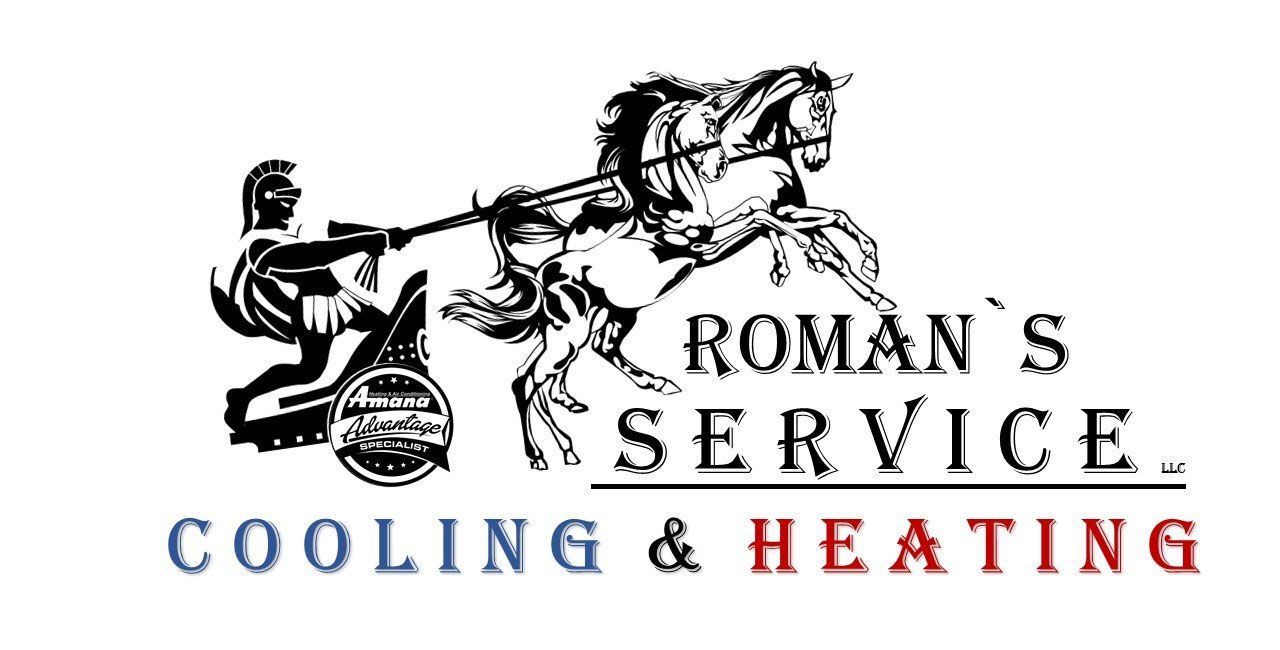
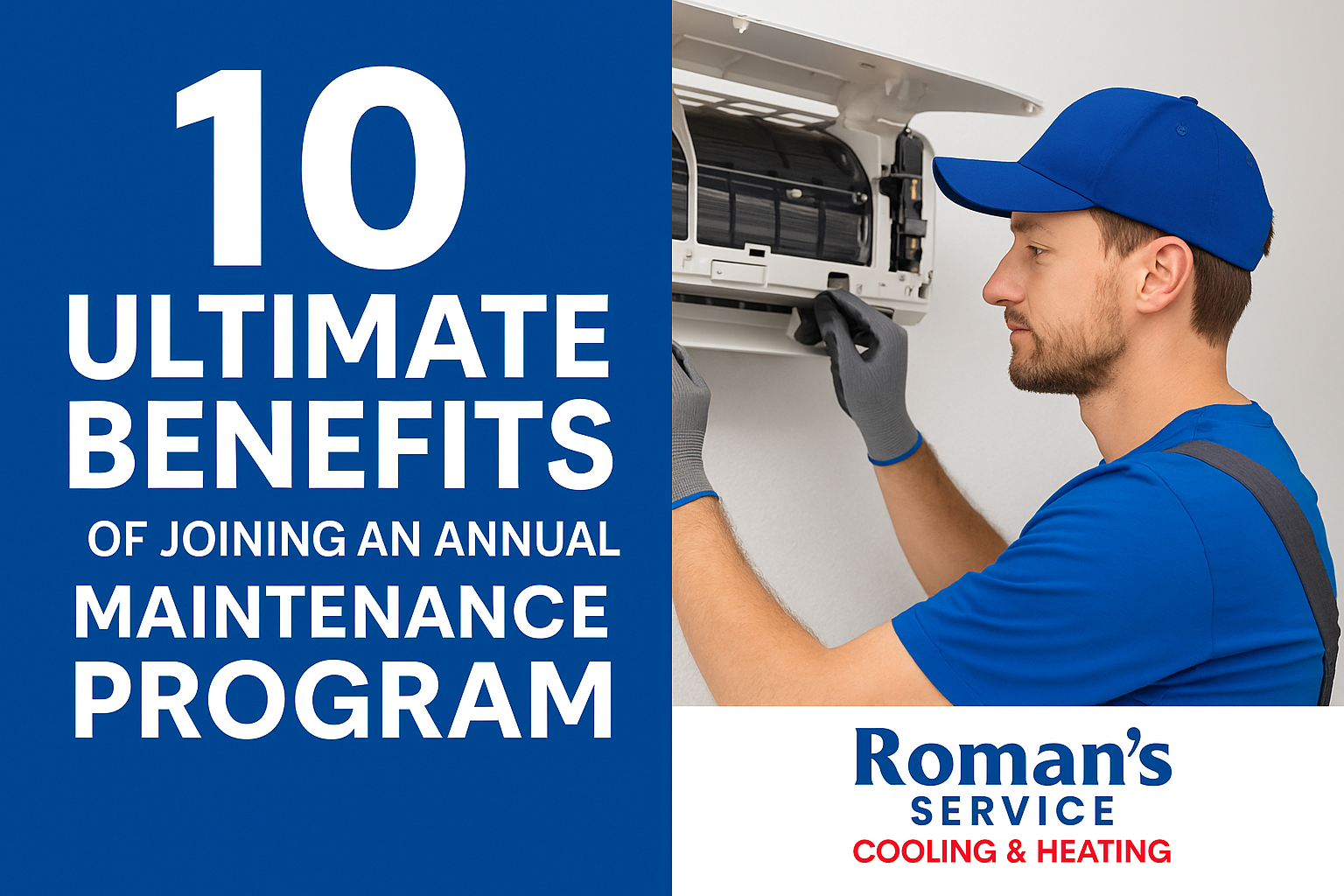
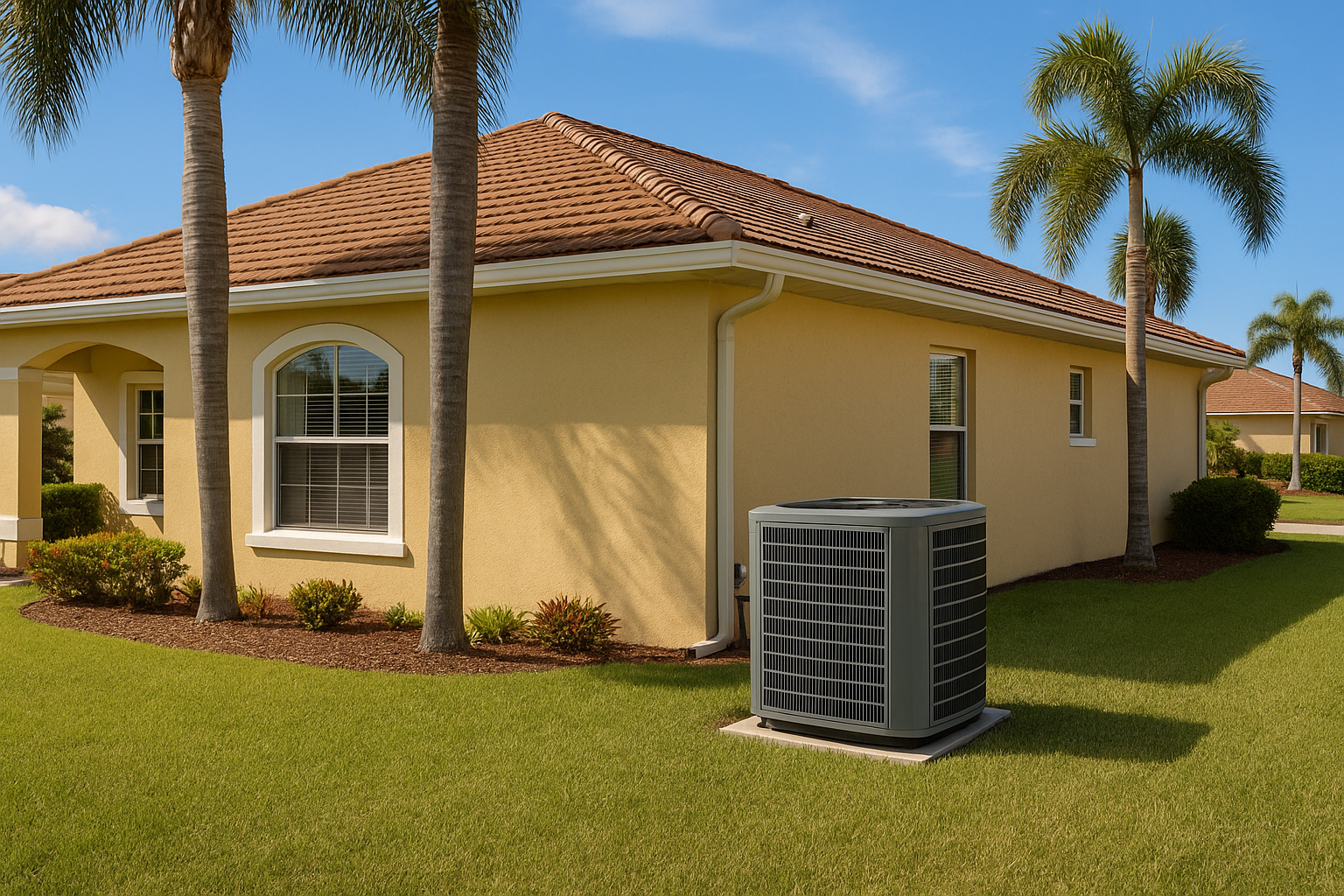


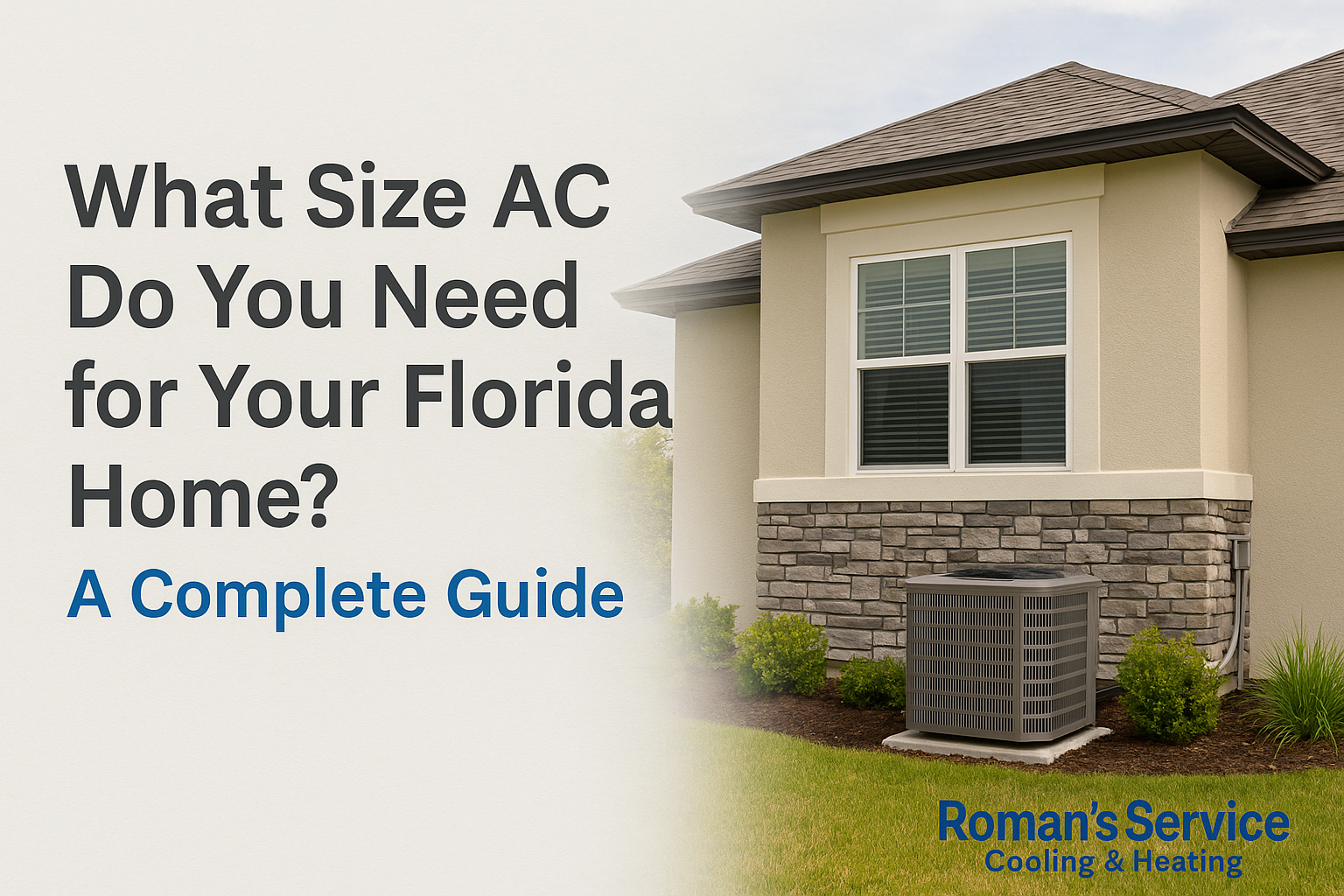
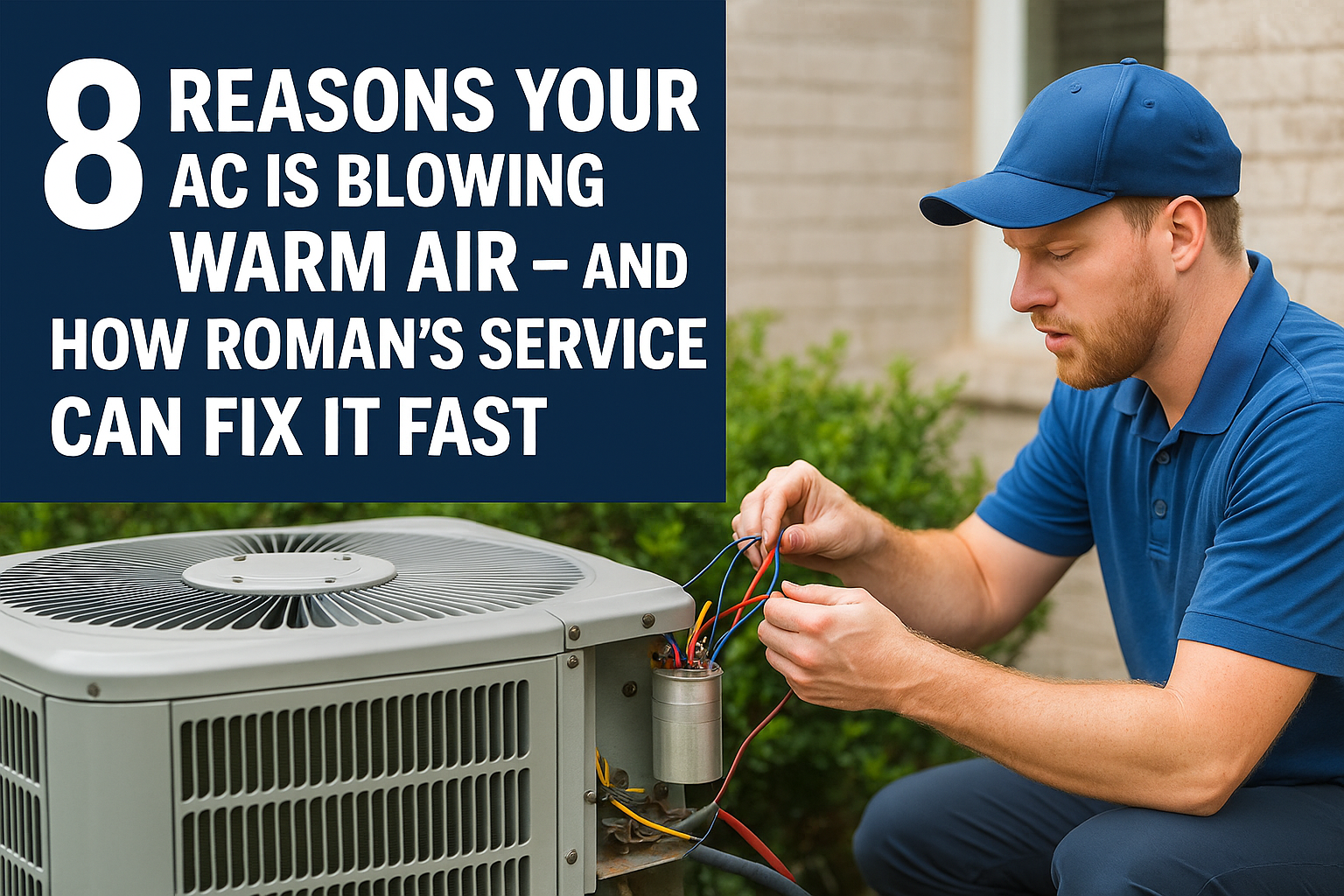
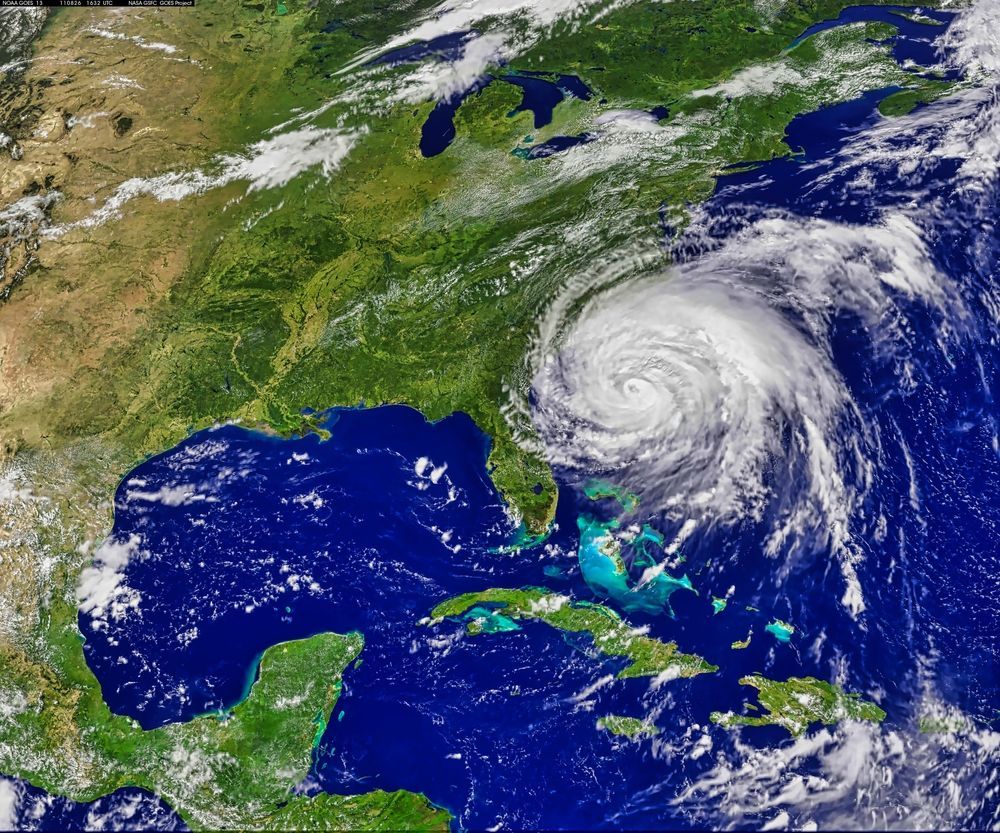
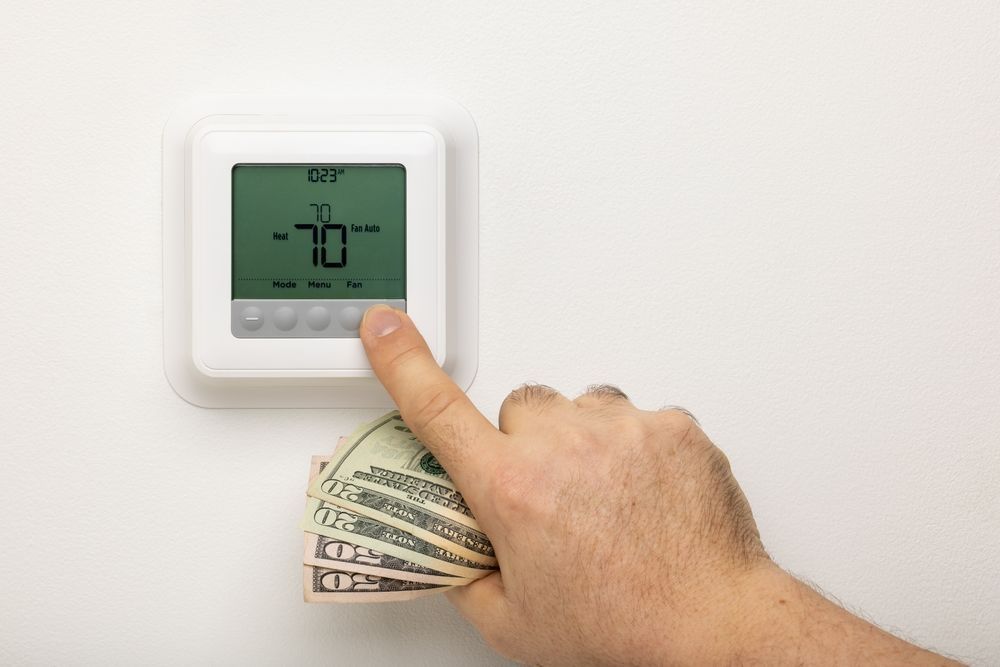
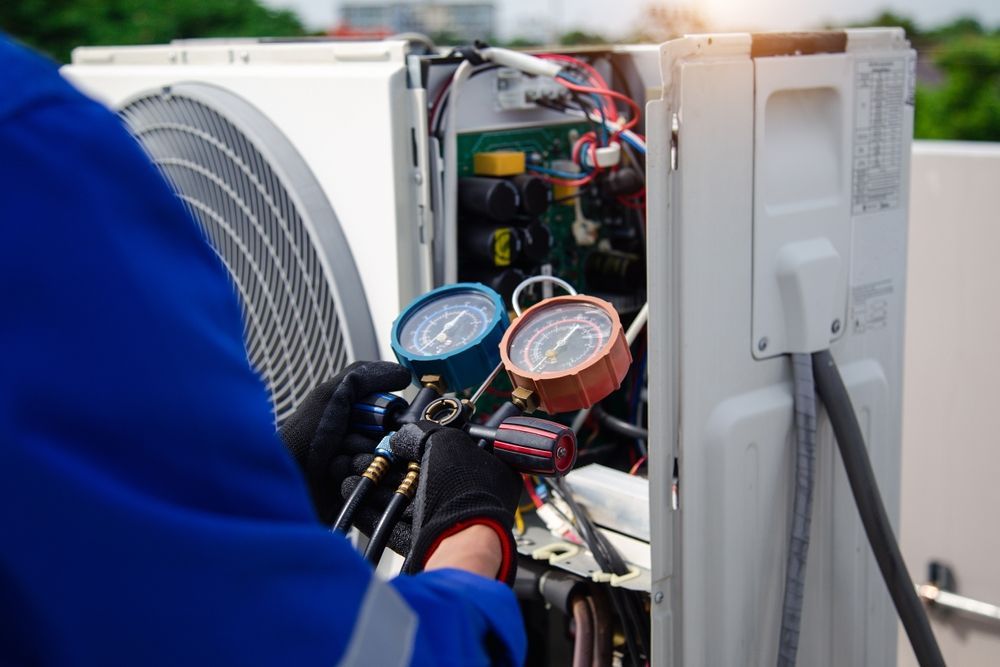
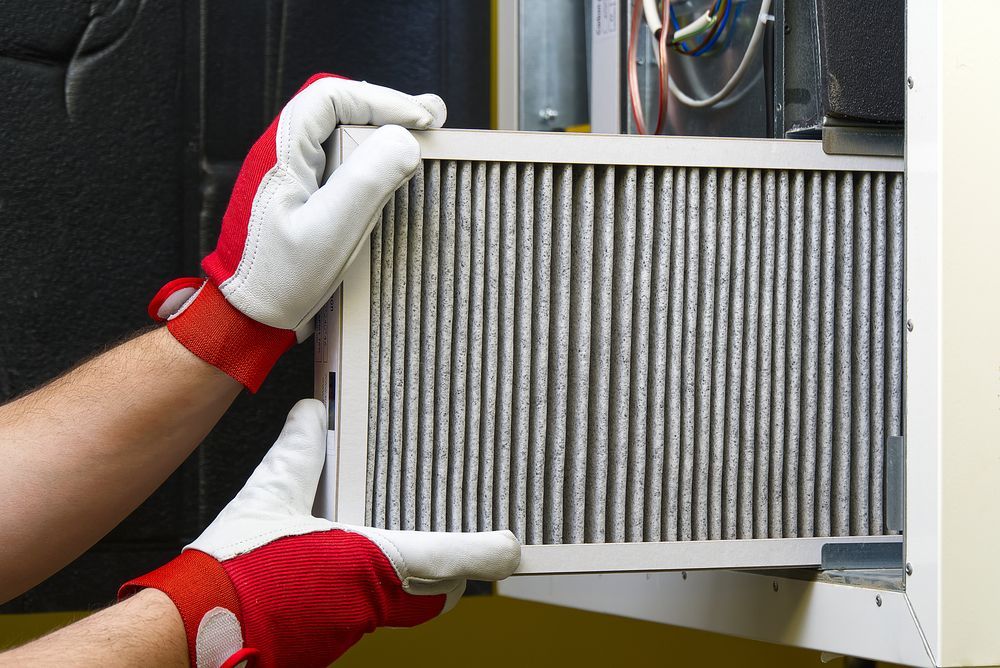
Share On: